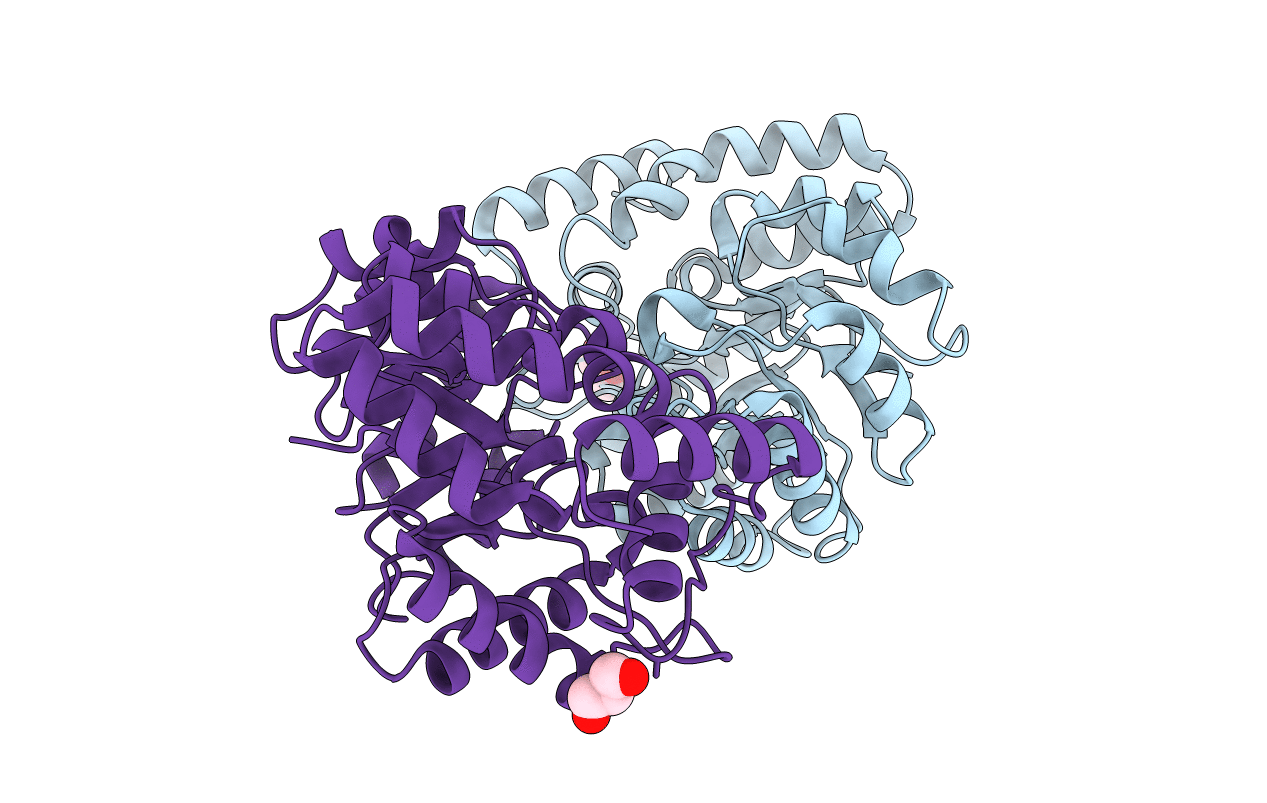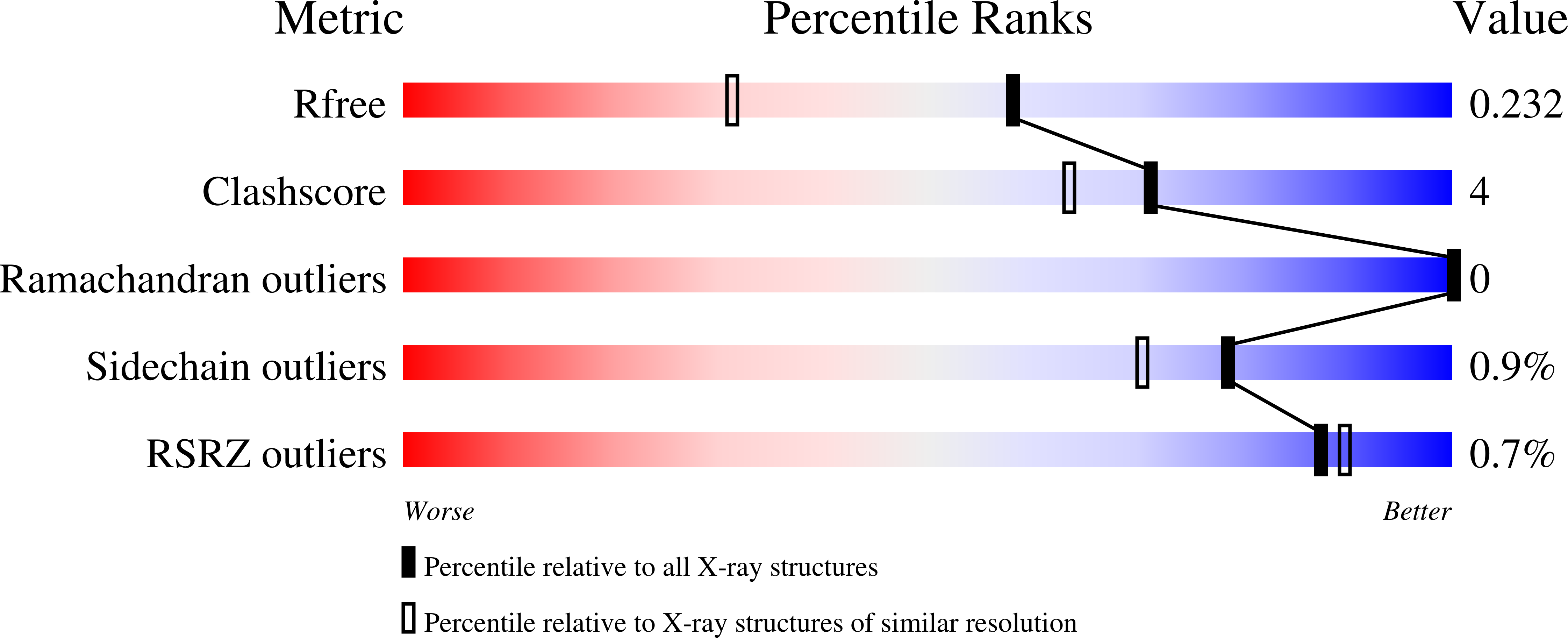
Deposition Date
2007-01-13
Release Date
2008-01-01
Last Version Date
2023-12-27
Entry Detail
PDB ID:
2OJP
Keywords:
Title:
The crystal structure of a dimeric mutant of Dihydrodipicolinate synthase from E.coli- DHDPS-L197Y
Biological Source:
Source Organism:
Escherichia coli (Taxon ID: 562)
Host Organism:
Method Details:
Experimental Method:
Resolution:
1.70 Å
R-Value Free:
0.22
R-Value Work:
0.18
R-Value Observed:
0.18
Space Group:
P 21 21 21


